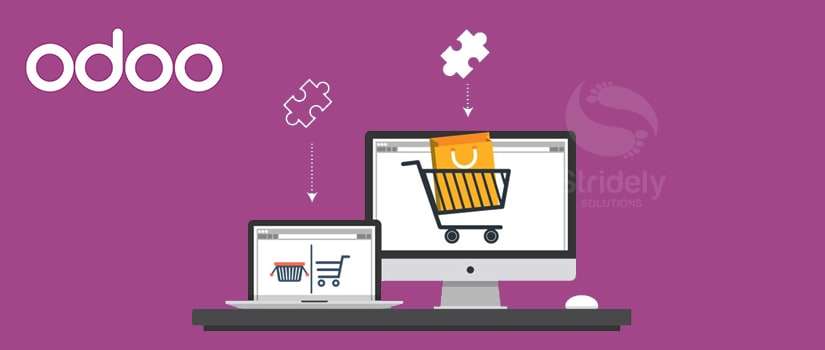AI/ML in Healthcare – How it is Turning Out to be the Great Savior?

Healthcare sector is considered as the living god on earth. And during the last 2 years of pandemic, it was proven again. How can we forget the time when the healthcare sector single-handedly took the load, to save millions of lives, on themselves? Their hard work and continuous efforts were commendable.
Odoo ERP Integration in your eCommerce Platform: Why is it advantageous?

It’s overwhelming to manage a company’s eCommerce website. Have you felt that too? Undoubtedly, this could be a severe burden for the executives. The leading task to update the stock details and products manually could sum up endless working hours along with the configuration of the numerous location-oriented characteristics for every product.
SAP Operational Data Provisioning (ODP) – Meaning, Types, and Use Cases

Data, created for business purposes, is known as operational data and covers configurational data, master data, transaction data, and any other data. To make most of this data for further processing, data provisioning is done.
A Guide to ADSO Functions in SAP BW4HANA

SAP BW/4HANA users must be aware of ADSO Functions as this is the core of the data modeling, storage, and consolidation. Having diverse implementation and utilities makes this tool a must-have for perfected data analysis seekers.
What Makes Odoo ERP the Best Pick for SMEs?

SMEs (small to medium-sized businesses) sector is one of the famous models operating globally. The entrepreneurs from this fastest-moving world contribute to cutting-edge technical revolutions. To develop and keep pace with the digital transformations, SMEs adopt Enterprise Resource Planning or ERP solutions massively.

